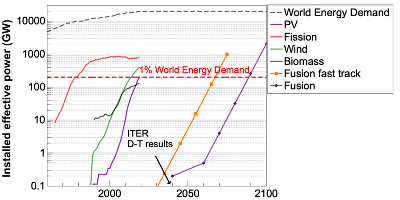In this interesting post ‘Big Tech, The New Space Invaders’, Frederic Filloux explains how Big Tech is invading space services with the money and brutality that will change significantly this market.
He describes all the emergence in the field of space-based services and how the GAFA are now launched on a frenzy of acquisitions. “Space has become an inescapable part of their core business of data collection, transfer and processing, with multiple layers of applications, including a growing demand for AI processing.
For the consumers of satellite images and signals — insurance companies, defense, agritech sector, financial services — working in Amazon, Microsoft or Google Cloud environments is almost the natural thing to do as the tools are de facto standards.” For example, ““Amazon played it quite well by offering to the US Geological Survey and NASA to process the huge volume of data generated by its Landsat program. They did it for free in exchange for bulk access to the data. That was meant to be mutually beneficial.”. It was particularly beneficial to Amazon Web Services which is now the standard gateway to access and process satellite data. AWS provides unparalleled storage and computing power with dozens of easy to use applications dedicated to spatial analysis, refined and trained by Landsat’s trove of data“
This of course creates questions about strategic dependence on those strategic services to American companies. According to Frederic Filloux this would also be a strategy aimed at minimizing the impact of the current antitrust drives – making the GAFA indispensable to the US national security.
In any case this is clearly a deeply preoccupying evolution to see space-generated data being increasingly captured by the GAFA and an awakening of governments on the topic would be useful.











